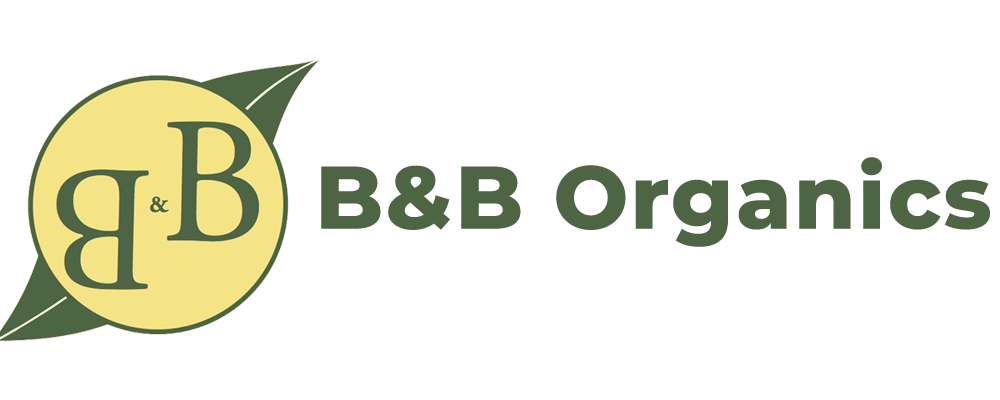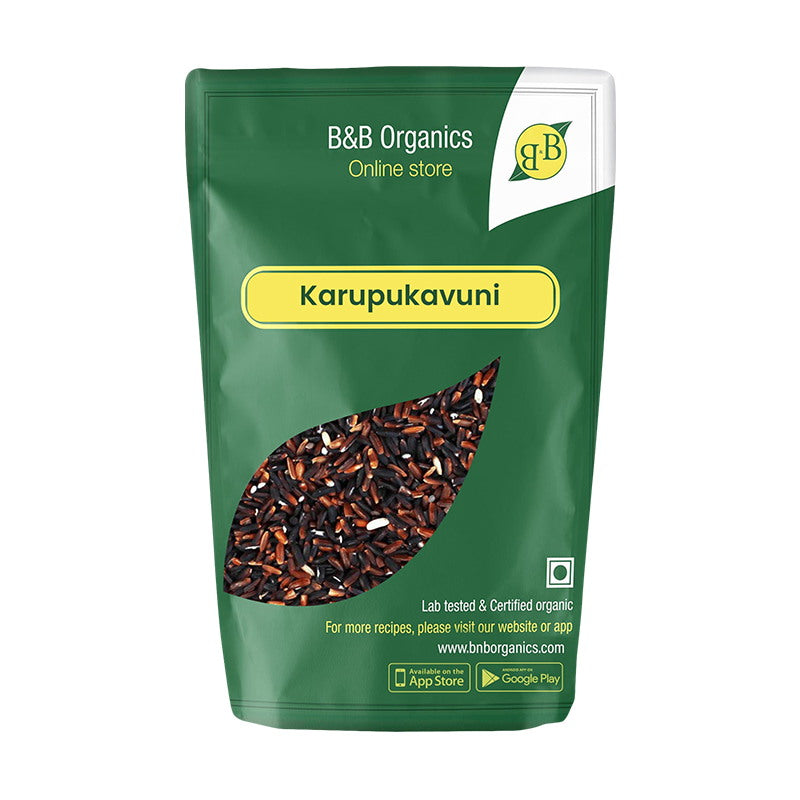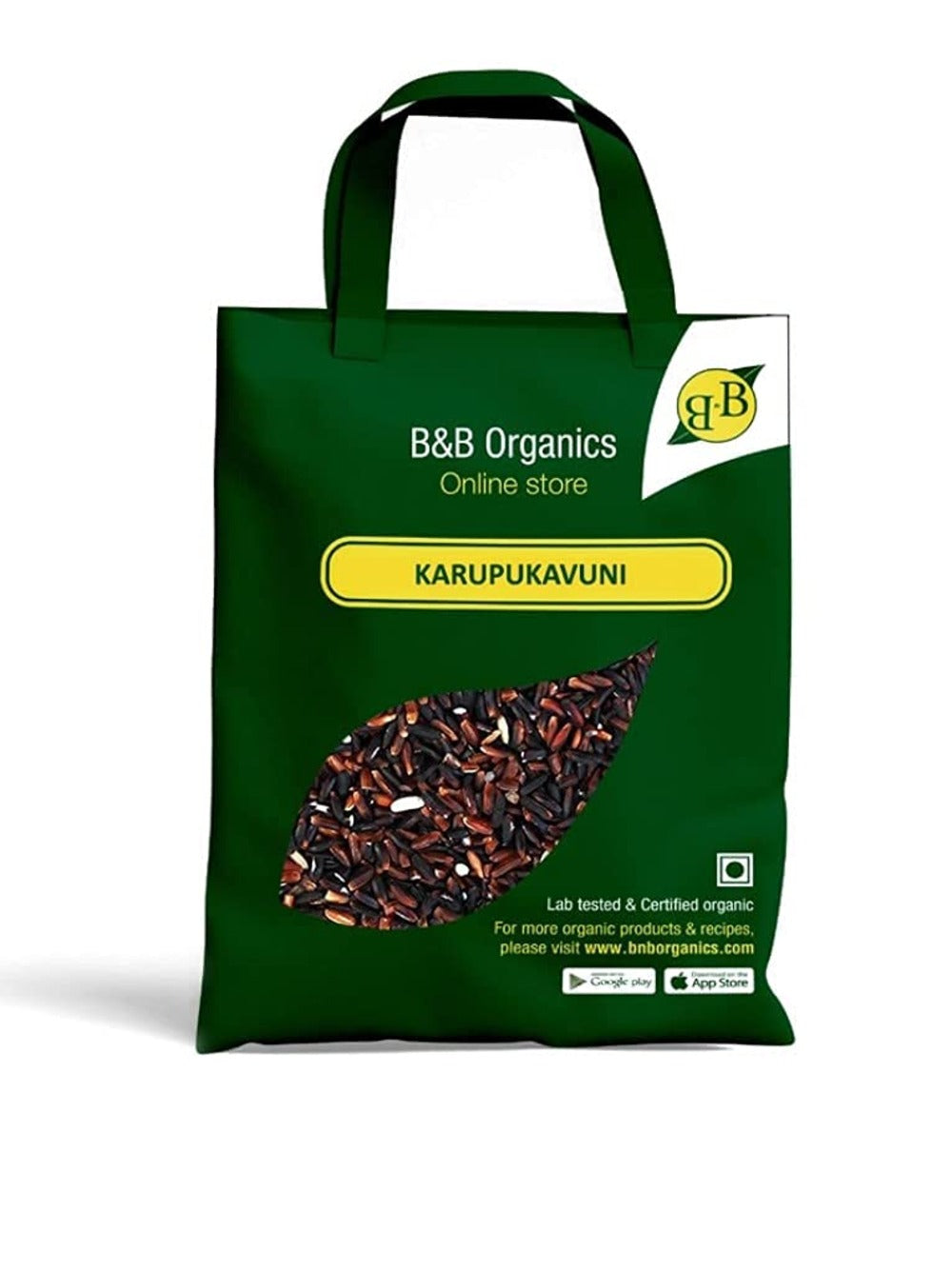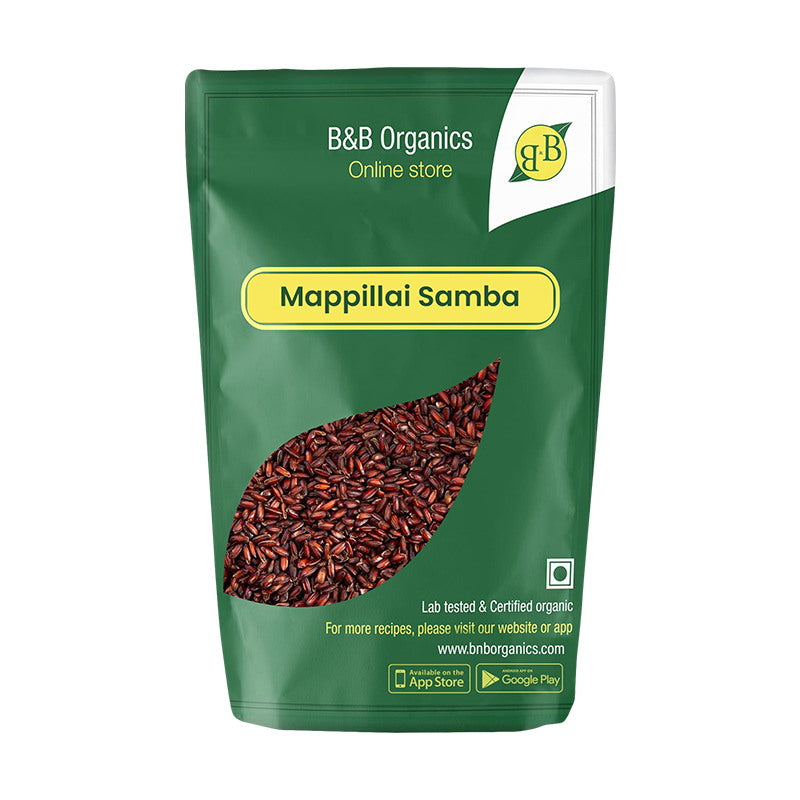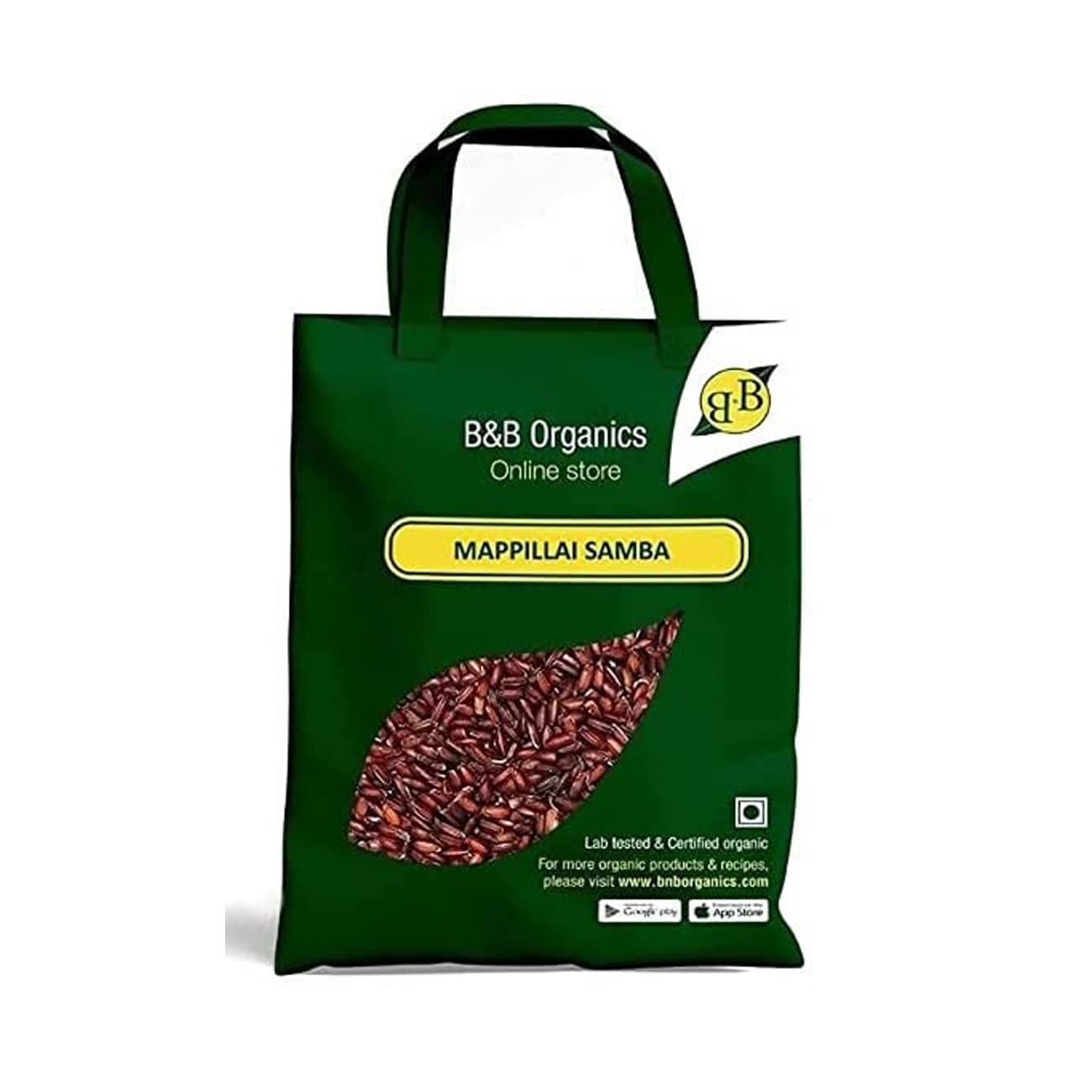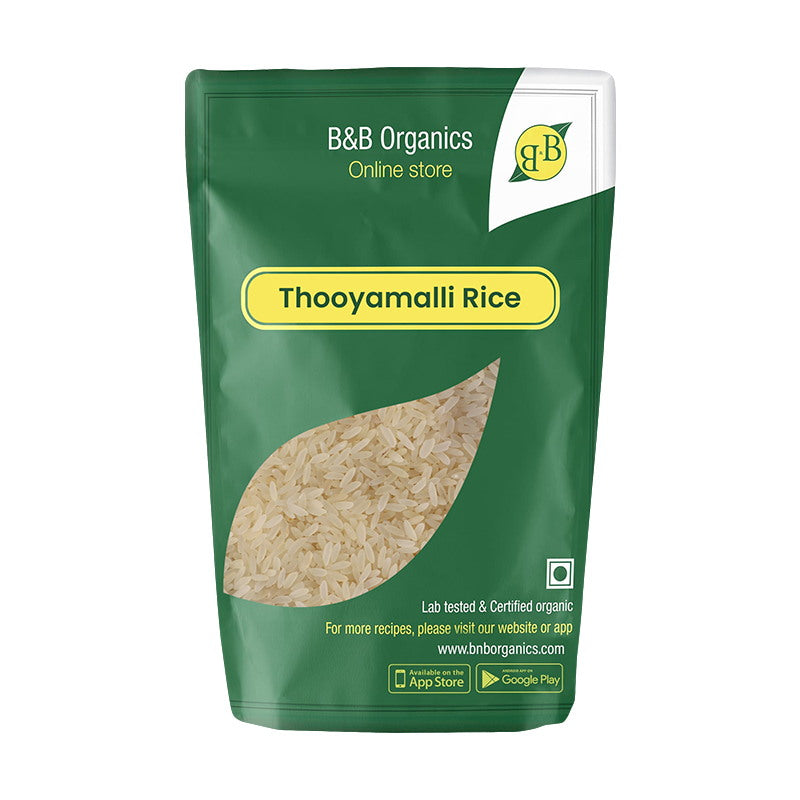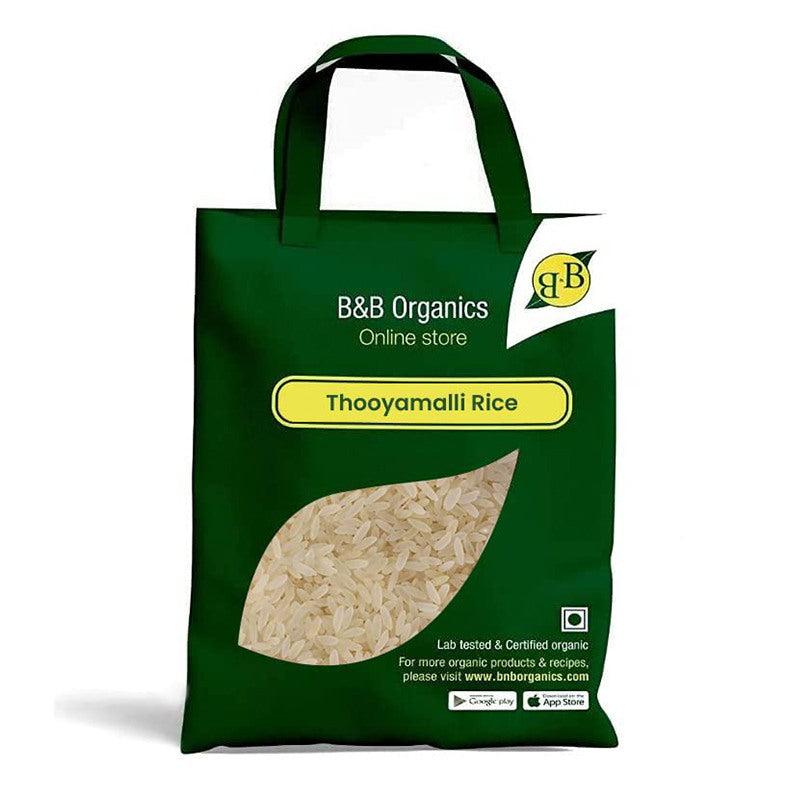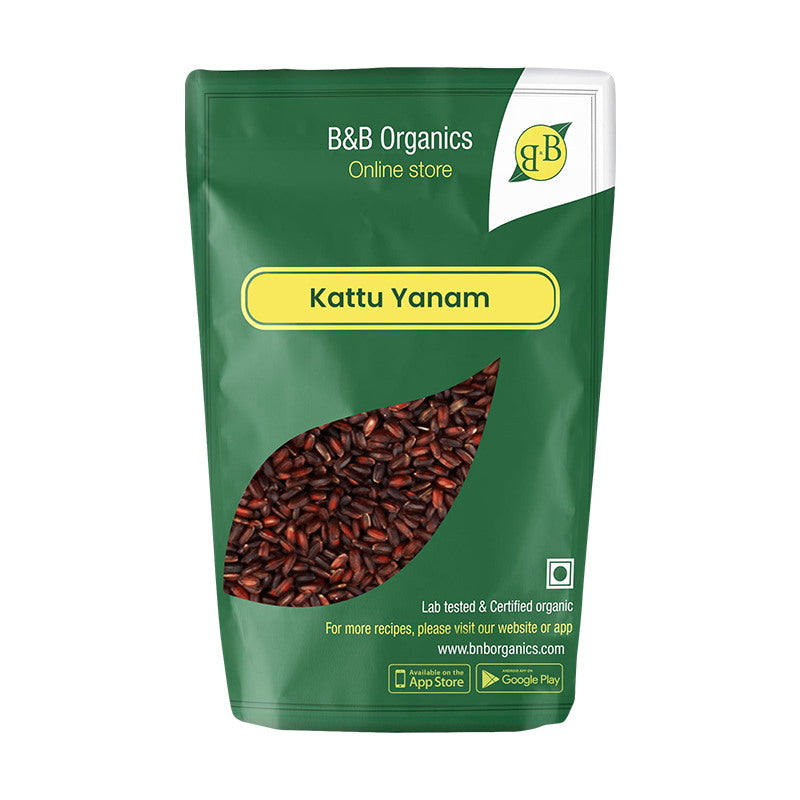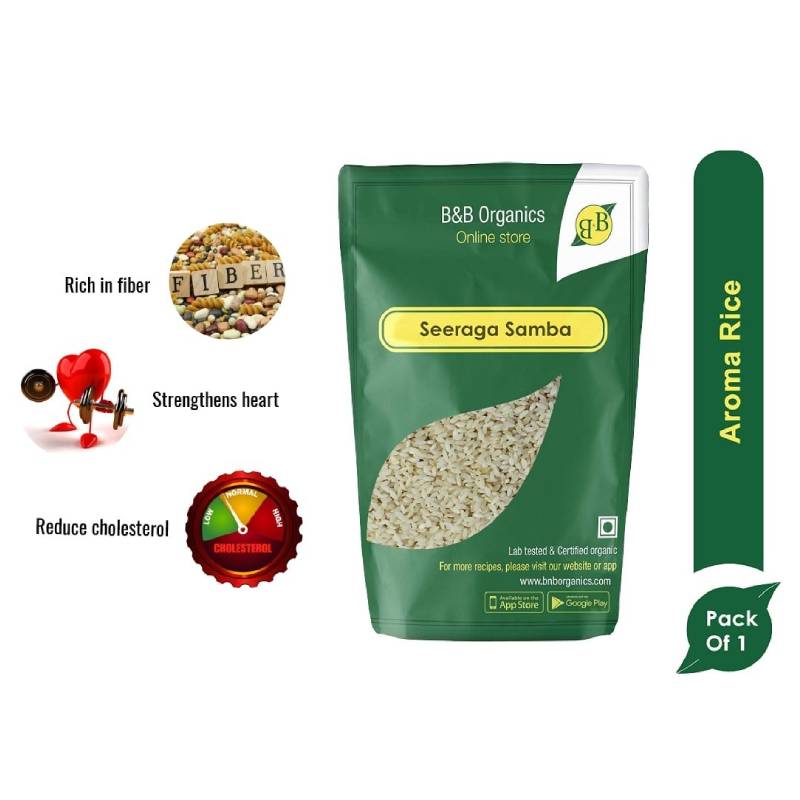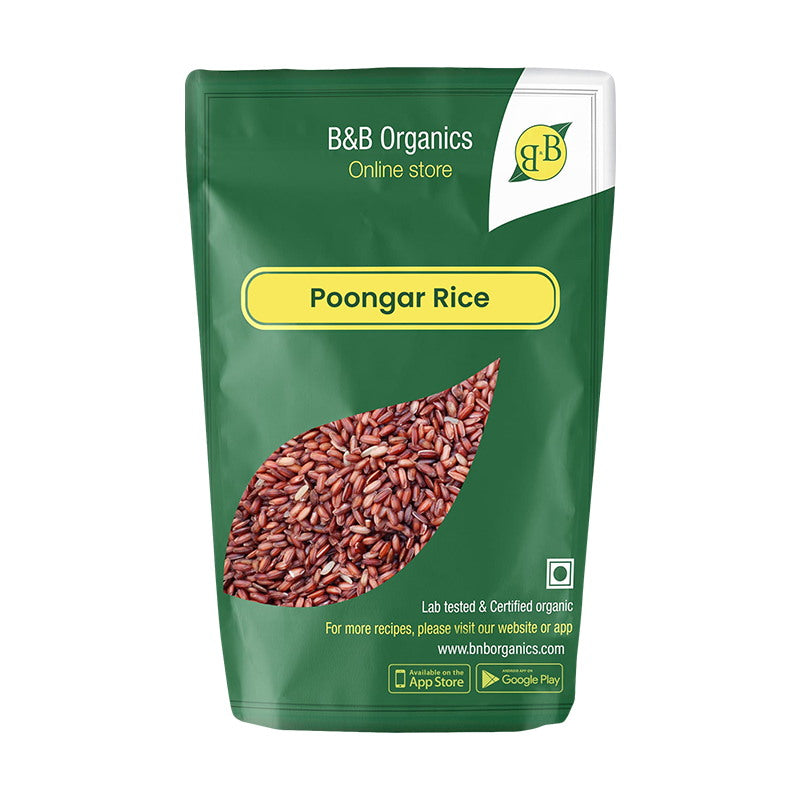Barnyard millet flakes are a nutritious and versatile food product that has gained popularity in recent years. The production process of barnyard millet flakes involves several steps to ensure quality and safety. In this article, we will take a closer look at the production process and quality assurance measures involved in making barnyard millet flakes.
Sourcing of Raw Materials:
The production of barnyard millet flakes begins with the sourcing of high-quality

barnyard millet grains. These grains are typically sourced from local farmers who practice sustainable farming methods. The grains are inspected upon arrival to ensure they meet quality standards.
Cleaning and Sorting:
Once the grains are sourced, they undergo a cleaning and sorting process to remove any impurities such as dirt, stones, or other foreign matter. This is done to ensure that only clean and high-quality grains are used in the production process.
Milling:
After cleaning and sorting, the barnyard millet grains are milled to produce flour. The milling process involves grinding the grains into a fine powder, which is then used to make the flakes.
Flaking:
The flour is then mixed with water to form a dough, which is then rolled out and flattened to produce thin sheets. These sheets are then cut into small flakes using specialized equipment. The flakes are then dried to remove excess moisture.
Toasting:
Once the flakes are dried, they undergo a toasting process to enhance their flavor and aroma. The flakes are toasted at a controlled temperature to ensure they are evenly cooked.
Cooling and Packaging:
After toasting, the flakes are allowed to cool before being packaged. The packaging process is done in a sterile environment to prevent contamination. The

flakes are then sealed in airtight packaging to ensure freshness.
Quality Assurance Measures:
Raw Material Inspection:
Before the grains are used in the production process, they undergo a thorough inspection to ensure they meet quality standards. Any grains that do not meet the standards are rejected.
Hygiene and Sanitation:
Throughout the production process, strict hygiene and sanitation measures are followed to prevent contamination. This includes regular cleaning of equipment and workspaces, as well as the use of protective clothing and gear by workers.
Quality Control Checks:
At various stages of the production process, quality control checks are conducted to ensure that the flakes meet quality standards. This includes checks for moisture content, texture, color, and flavor.
Traceability:
The production process of barnyard millet flakes is closely monitored and documented to ensure traceability. This allows for any issues or discrepancies to be quickly identified and addressed.
Compliance with Regulations:
The production of barnyard millet flakes is subject to strict regulations and standards set by food safety authorities. Manufacturers must comply with these regulations to ensure the safety and quality of their products.
In conclusion, the production process of barnyard millet flakes involves several steps to ensure quality and safety. From sourcing high-quality grains to strict quality control measures, manufacturers take great care to produce a product that meets the highest standards. By understanding the production process and quality assurance measures involved in making barnyard millet flakes, consumers can have confidence in the quality and safety of this nutritious food product.
